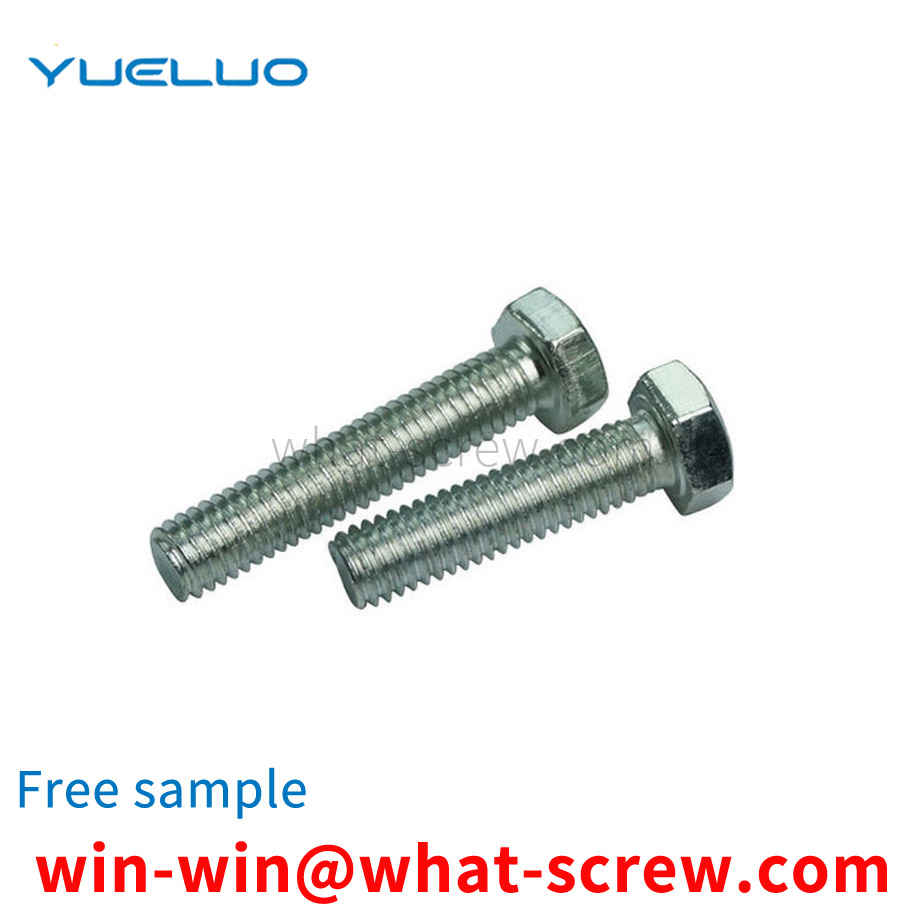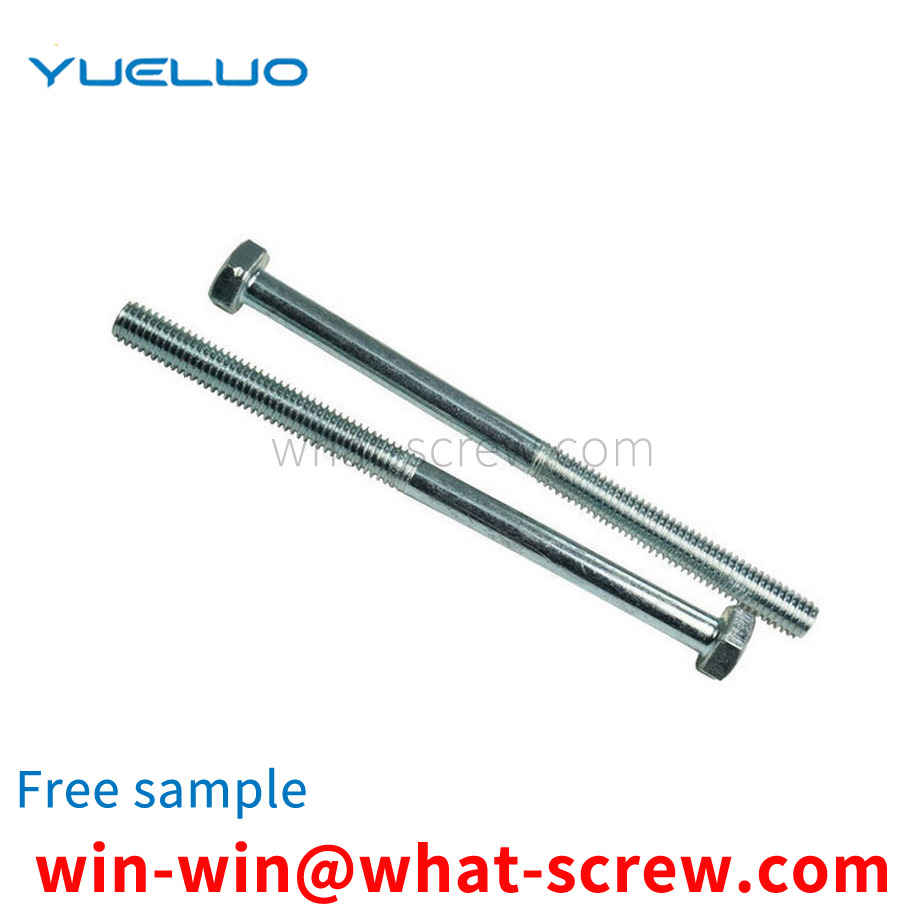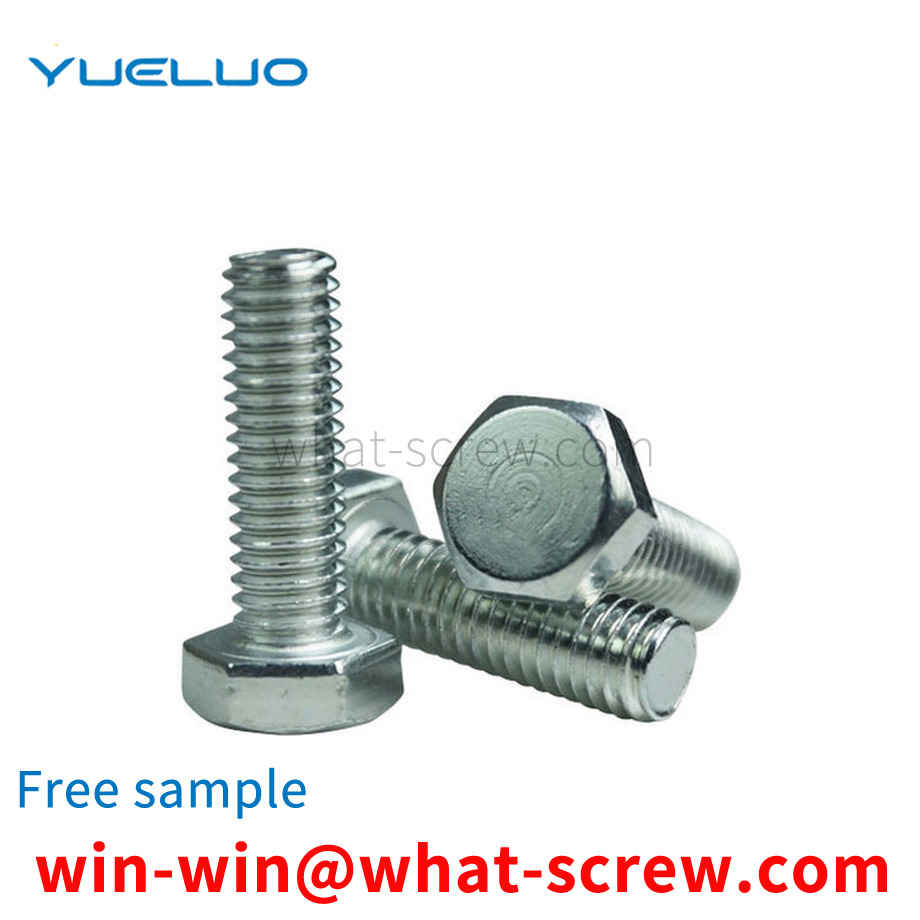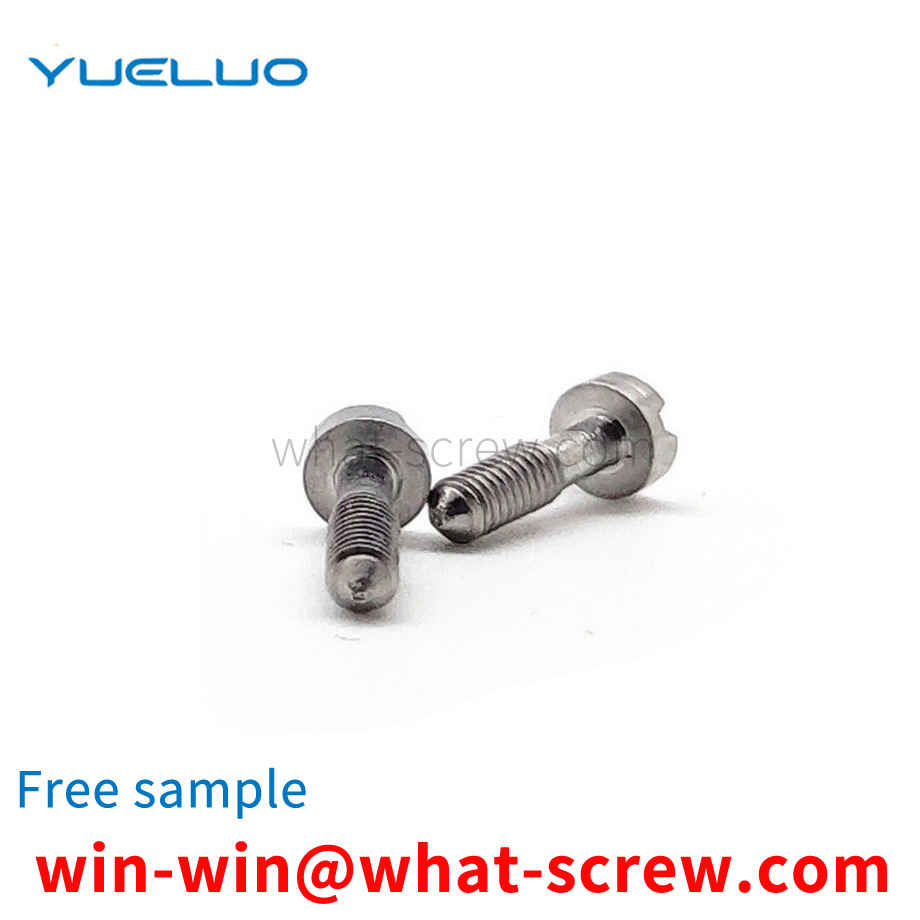What is the tolerance range of precision screws?
What is the tolerance range of precision screws?
Service Hotline
+86760-8787 8587We have more than ten years of production experience in the screw industry. The main products are: Grade 8 gaskets, handle screws and bolts, multi-model optional nuts, shelf screws, internal and external thread screws and nuts, non-standard mesons, wall screws and nuts, non-standard Customized, with tooth anti-skid, large flat head screw nut, color zinc with pad toothed nut, hexagonal nylon column stud, non-standard screw ratio bolt, T-shaped knurled hand screw nut, pressure riveting fastener sheet metal, etc. Fasteners, due to the different materials and specifications of the products, the prices are also different, if you need it, please contact us.


In the existing life, repair parts are often used to repair the cassettes with damaged screw holes, and the screw holes on the repair parts are used instead of the original damaged cassette screw holes. However, in the prior art (application number: 201520948368.1), the restoration is fixed by rotating the support of the restoration, which is often inconvenient due to the small space of the cassette. In addition, the set screw in the prior art mainly fastens the object through the end of the screw without threaded holes, which makes it difficult to install external screws. Based on this, a method of extruding the support through a set screw with screw installation holes and tightening the repair piece, and then installing the screw on the set screw, will facilitate the quick installation and use of the repair piece.

At present, there are many kinds of smart terminals on the market. Due to the reduction of the overall volume of the smart terminal and the more compact internal parts, the nuts are generally made of injection-molded nuts. The traditional injection-molded nuts are directly fixed on the equipment. During the process, it is easy to loosen and fall off, which greatly reduces the service life of the injection nut and brings inconvenience to the use of the mobile terminal.


Each self-tapping screw is composed of three parts: the head, the shank and the end of the shank. The composition of each self-tapping screw has four major elements: head shape, wrenching method, thread type, and end form. 1. Head Shapes There are various head shapes. There are round head (semi-round head), flat round head, round head flange (with pad), flat round head flange (with pad), pan head, pan head flange (with pad), countersunk head, semi-countersunk head, Cylinder head, spherical cylinder head, horn head, hexagonal head, hexagonal flange head, hexagonal flange (with pad) head, etc. 2. Wrenching method The wrenching method refers to the way of twisting the head of the screw when installing and tightening the screw. There are two basic methods: external wrench and internal wrench. Generally speaking, external wrenching will allow more torque than any form of internal wrench (internal groove). External wrench: hexagon, hexagonal flange surface, hexagonal flange, hexagonal flower shape, etc.; internal wrench: flat groove, cross groove H type, cross groove Z type, cross groove F type, square groove, compound groove, inner flower Key, inner hexagon flower, inner triangle, inner hexagon, inner 12 corner, clutch slot, six-blade slot, high torque cross slot, etc. 3. There are many types of threads, including self-tapping threads (wide thread), machine threads (ordinary threads), drywall screw threads, fiberboard screw threads, and some other special threads. In addition, threads can be divided into single-lead (single-end), double-lead (double-end), multi-lead (multiple-end) and high-low thread double-end threads. 4. Terminal form There are two main types of terminal form: tapered end and flat end. However, according to the needs of use, at the screw-in part of the end, grooves, grooves, incisions or parts with a similar drill shape can be processed with cutting function. In some standards, it is also a tapered end or a flat end, and there are different forms such as a rounded end.

The self-tapping locking screw is a series of coarse thread and ordinary thread, and the thread size is M3~M12mm. The threaded rod of the self-tapping locking screw is a thread with an arc-shaped triangular section. The screw is surface hardened and can be screwed into a prefabricated hole of black or non-ferrous metal material (which can be made by drilling, punching or die casting), and extruded to form an internal thread. The threaded rod portion can be made into a cylindrical or triangular shape with a diameter equal to or less than the circumscribed circle. Self-tapping locking screws have low screw-in torque and high locking performance. The varieties of self-tapping locking screws in the product standard of Chinese commodity fasteners include GB/T6560 (cross-recessed pan head), GB/T6561 (cross-recessed countersunk head), GB/T6562 (cross-recessed half-sunk head), GB/T6563 ( Hexagon head), GB/T6564 (hexagonal flower-shaped cylindrical head) five series. Self-tapping locking screws are generally fastened with pneumatic or electric screwdrivers. Most of the automotive industry uses hexagonal head, cross recessed pan head and hexagonal socket head self-tapping locking screw with high fastening efficiency.

The above content is uploaded by Yueluo or the Internet. If there is any copyright issue, please contact [email protected].

What is the tolerance range of precision screws?

How to choose the right stainless steel screw manufacturer?

Why is there an R angle under the head of the hexagon head s...

We have more than ten years of production experience in the ...

We have more than ten years of experience in the production ...

We have more than ten years of experience in the production ...

We have more than ten years of experience in screw industry ...